Stories in Stone: Ancient Voices
Desert Southwest; Arizona and Utah
The American desert southwest is a treasure trove of rock art, each representing its own unique story. Tens of thousands of petroglyphs and pictographs have been discovered in a variety of settings. They can be bold and prominently situated, or they can be tiny and concealed, but they all share the same uncertain story. The uncertainty of their meanings has captured my imagination for many years, as a result, I've taken many trips to view and try to understand them better.
Due to the large number of sites across the desert southwest, I'll only cover two of my favorites, and leave other favorites for later articles. Each of these sites is different from the other in their layout and presentation of the petroglyphs, but each is the same in that they both present a story chiseled in stone.
Newspaper Rock State Historical Monument, Utah
Newspaper Rock is a perfect description for the petroglyphs found here; the inscriptions cover a multitude of cultures; Fremont, Anasazi, Navajo and Anglo. This 200 square foot rock is a part of the vertical Wingate sandstone cliffs that enclose the upper end of Indian Creek Canyon, and is covered by hundreds of petroglyphs. It's not surprising to learn that in Navajo, this rock is called "Tse' Hone'" which translates to "a rock that tells a story."
Newspaper Rock State Historical Monument is situated along the relatively well-traveled access road into the Needles district of Canyonlands National Park, 12 miles from US 191 and 30 miles from the park boundary.
The figures are carved into a dark coating on the rock, known as desert varnish, a blackish manganese-iron deposit that gradually forms on exposed sandstone cliff faces owing to the action of rainfall and bacteria. Notice how the artist used the natural cracks in the rock as part of his story.
Somehow, this second of the panel seemed appropriate. As I was driving towards the Monument, I stopped to let a small herd of deer cross the road. Could the hunter be telling of hope for a future hunt? This "sympathetic hunting magic" theory is based upon the idea that the believer depicted in stone, a hoped for outcome; that game would be found and killed.
There are over 650 rock art designs at Newspaper Rock, dating back some 2,000 years ago, although a few are as recent as the early 20th century, left by the first modern day explorers of this region.
Painted Rock Petroglyph Site near Gila Bend, Arizona
Closer to my home in Phoenix, Arizona is Painted Rock Petroglyph Site near Gila Bend. Unlike Newspaper Rock in Utah, the petroglyphs here are scattered around a small hill. There is a trail that surrounds the hill making it easy to take your time and see rock art in varying locations.
Hohokam style petroglyphs characteristically stick figures or have hourglass-shaped bodies and often shown in active poses, with bent arms and legs. Birds, reptiles, amphibians and insects also appear. A distinctive motif is called the pipette design - parallel vertical lines that flare into rectangular sections. It is thought that this design relates to the Mexican deity Tlaloc.
The rock art here consists of petroglyphs in the Hohokam style. The Hohokam people, primarily agriculturalists, live in hamlets and villages established around ceremonial sites, in central and southern Arizona. Ruins of their late Pioneer Period (AD 350 - AD 550) and Early Colonial Period (AD 550 - AD 700) villages are found to the north and west, and ruins of their Sedentary - Classic Period (AD 900 - AD 1400) villages are found to the south and east of the park.
Painted Rock Petroglyph Site is located near the town of Theba, Arizona, and was listed on the National Register of Historic Places in 1977. The site is operated and maintained by the Bureau of Land Management (BLM), and includes an improved campground as well as an informative walking trail showcasing the petroglyphs.
Rock Art in General
Very little is known about rock art, why they were carefully chiseled in stone in places and haphazardly in others. What is their purpose and meaning? Some have assumed they are a form of sign language; in which the marks could be read by someone who understood the language could "read" and understand their meanings. Still others have thought them as reference to stories and myths, religious symbols, or guides for hunters. Some of the designs found are related to sky watching; observing the stars, planets and other heavenly bodies.
There are no real clear cut answers to the questions about rock art. For many, like me, the ability to view and photograph them is answer enough.
Current Weather in Blanding, Utah
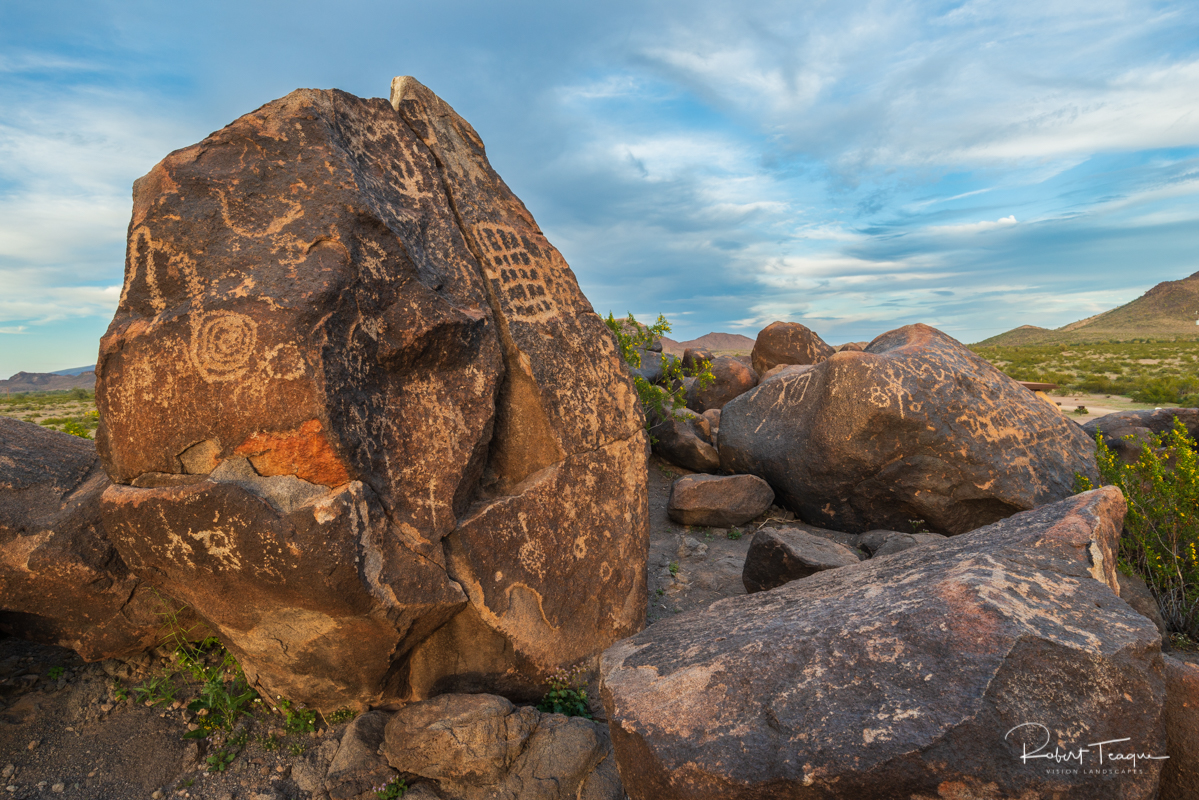
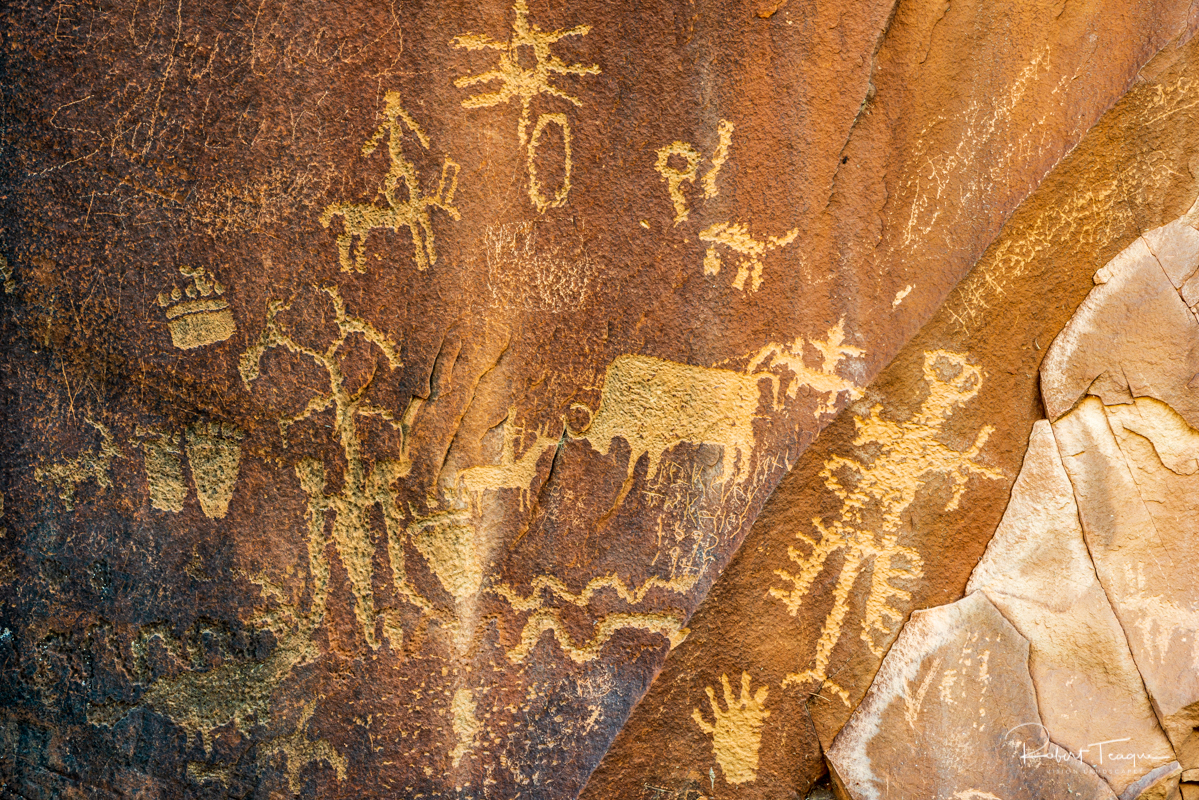
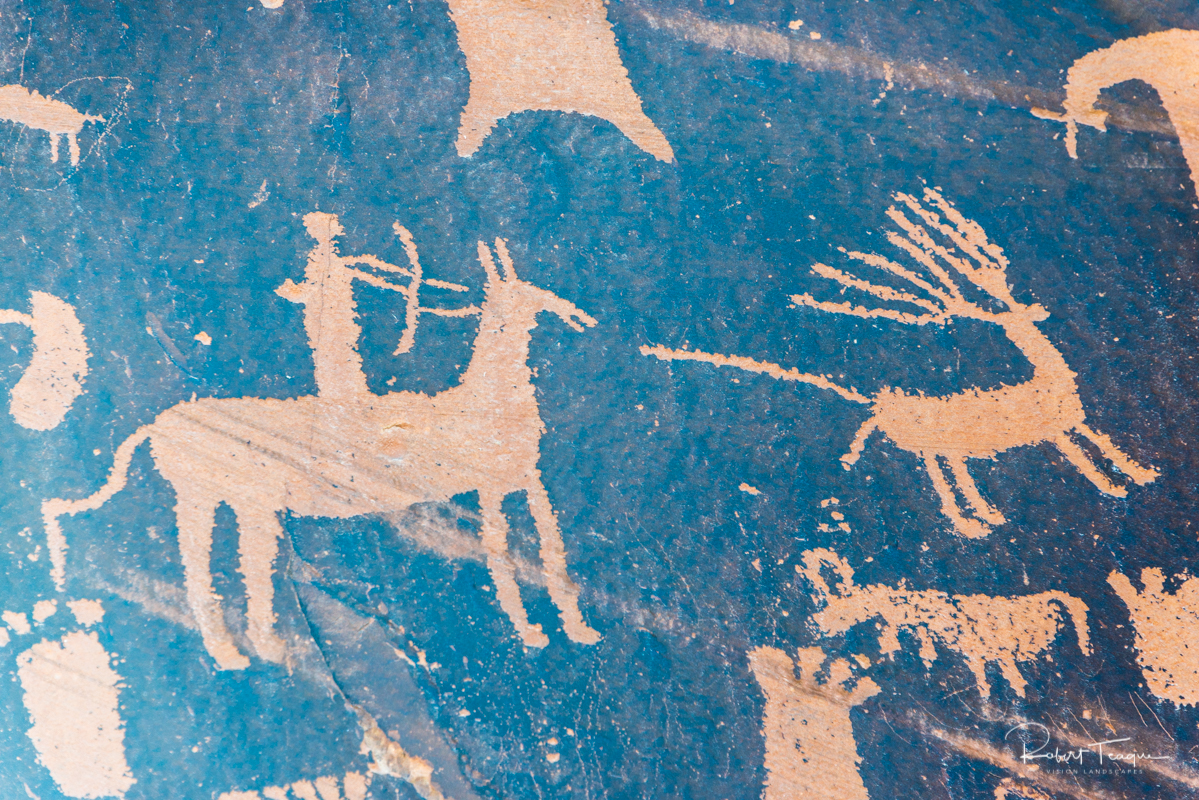
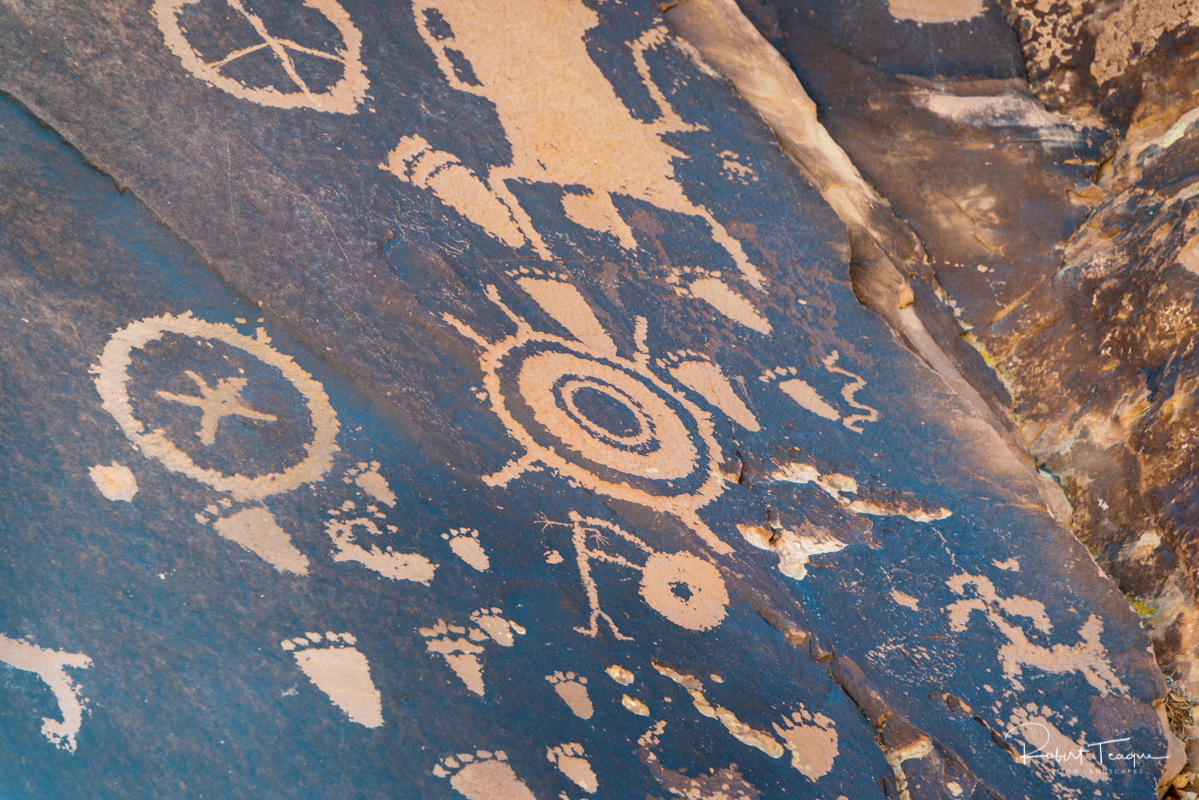
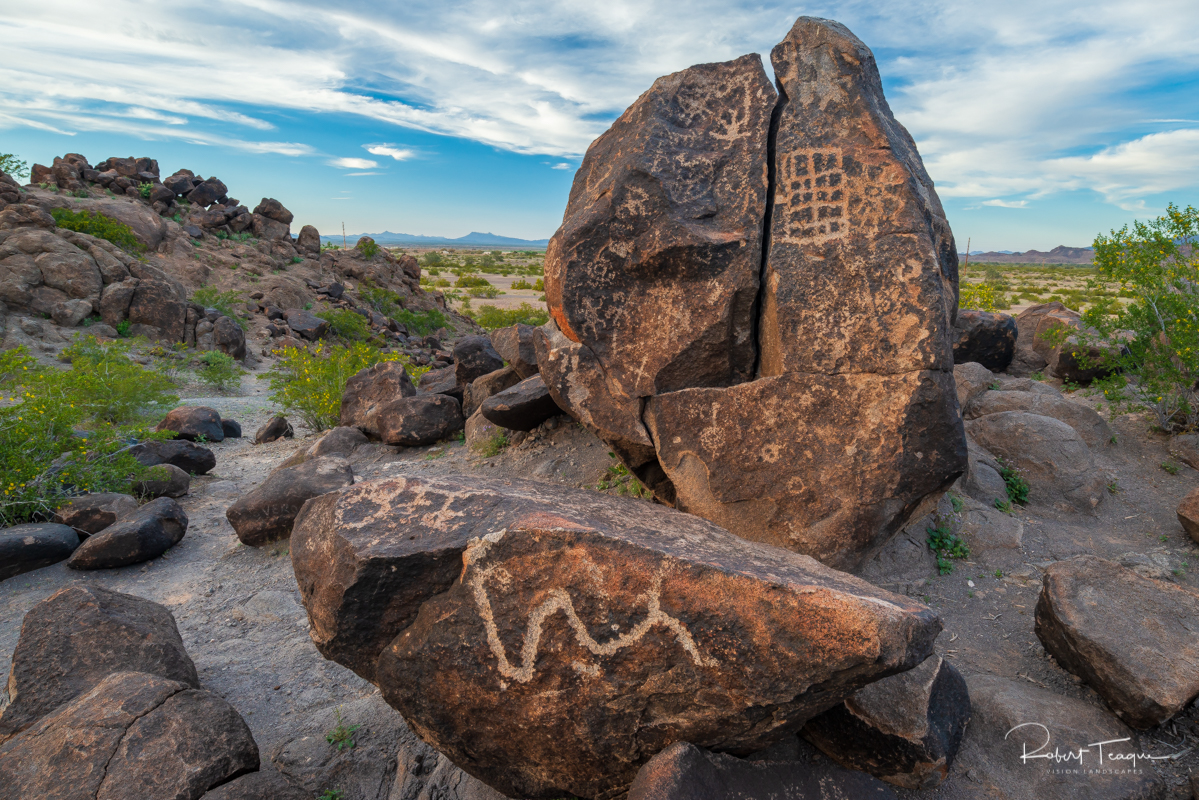
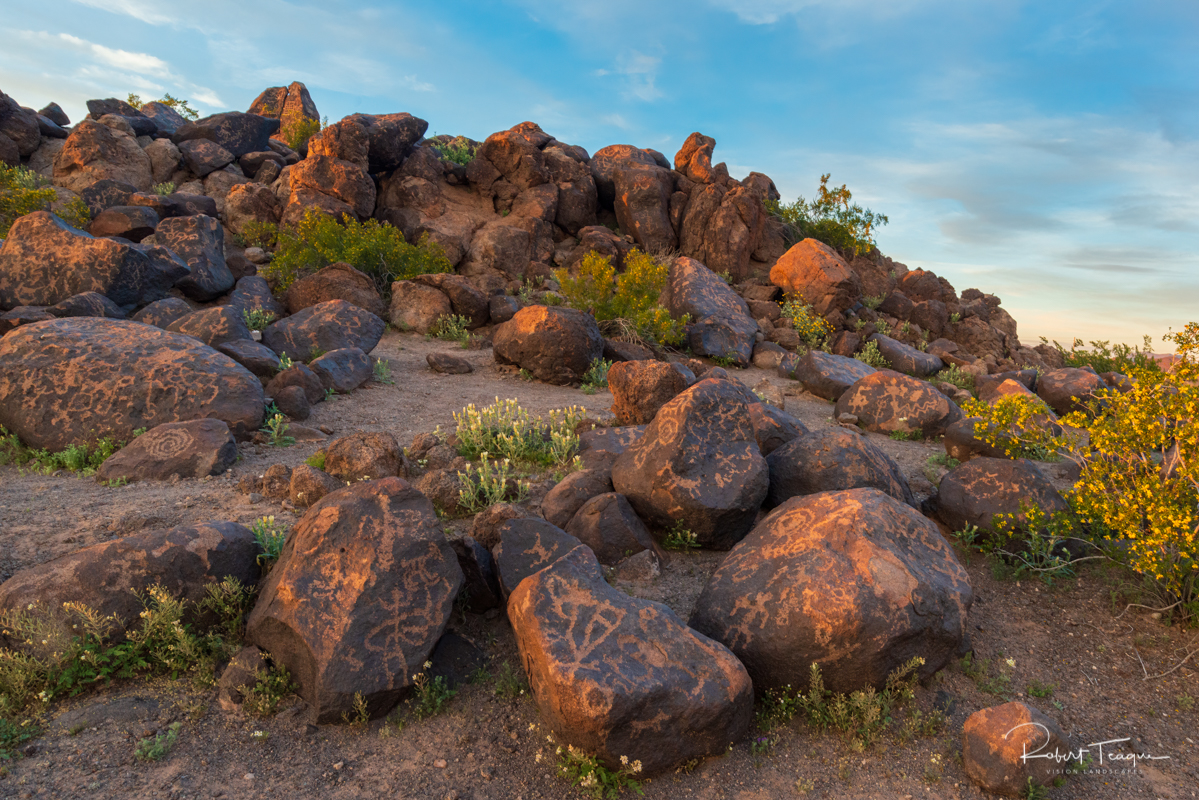
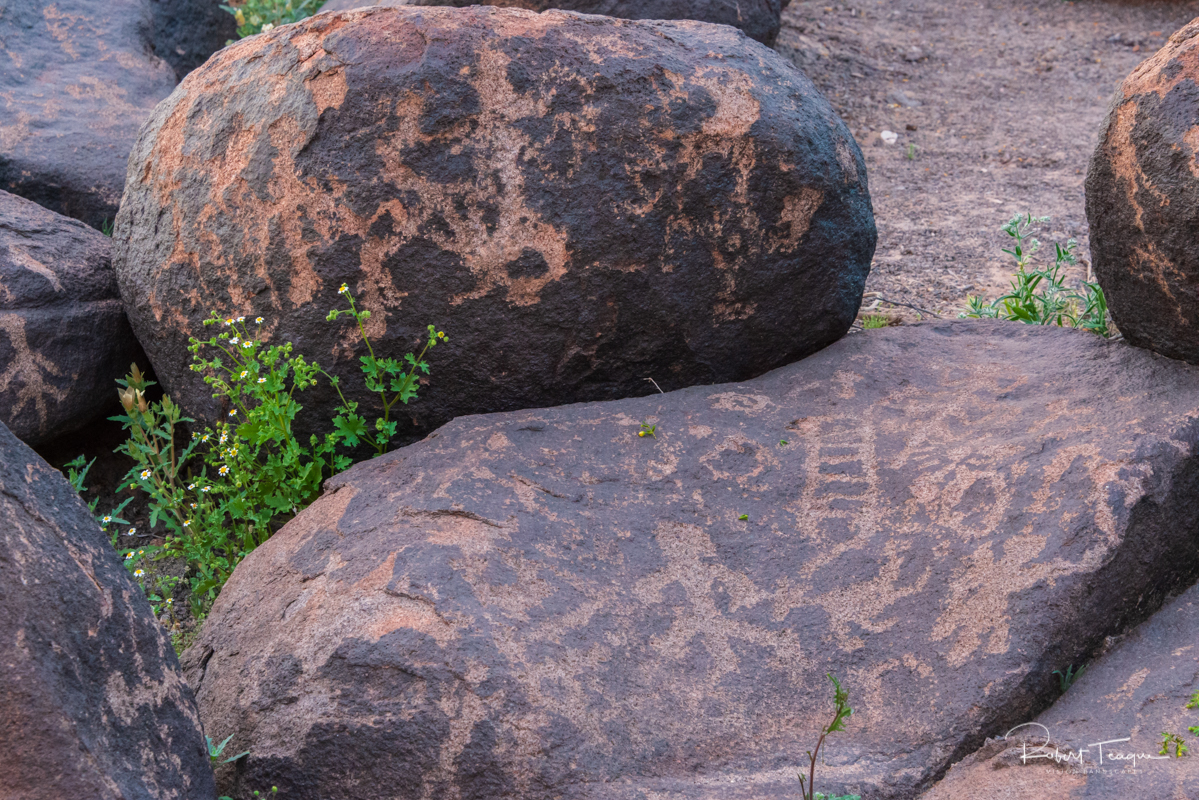

0 Comments on "Stories in Stone: Ancient Voices"